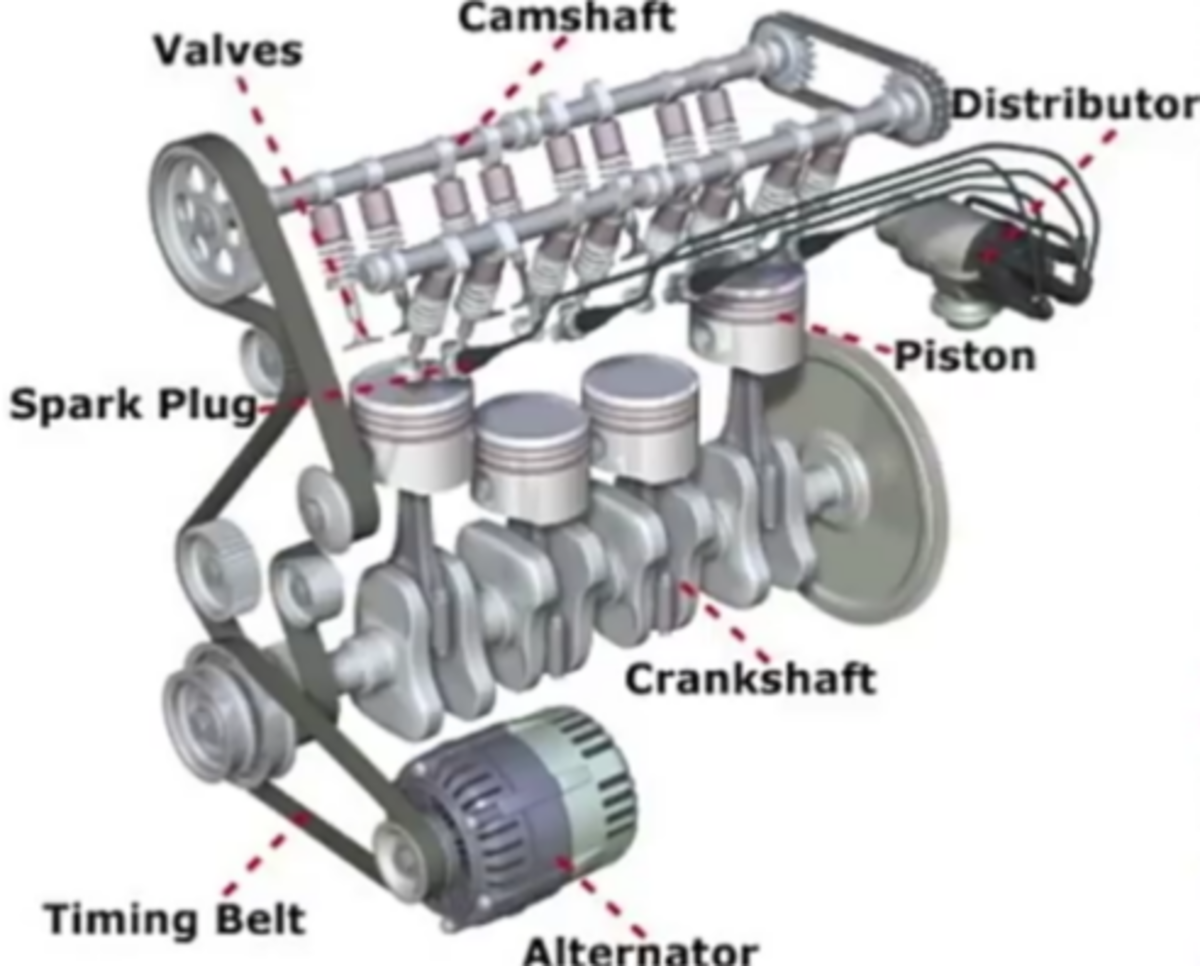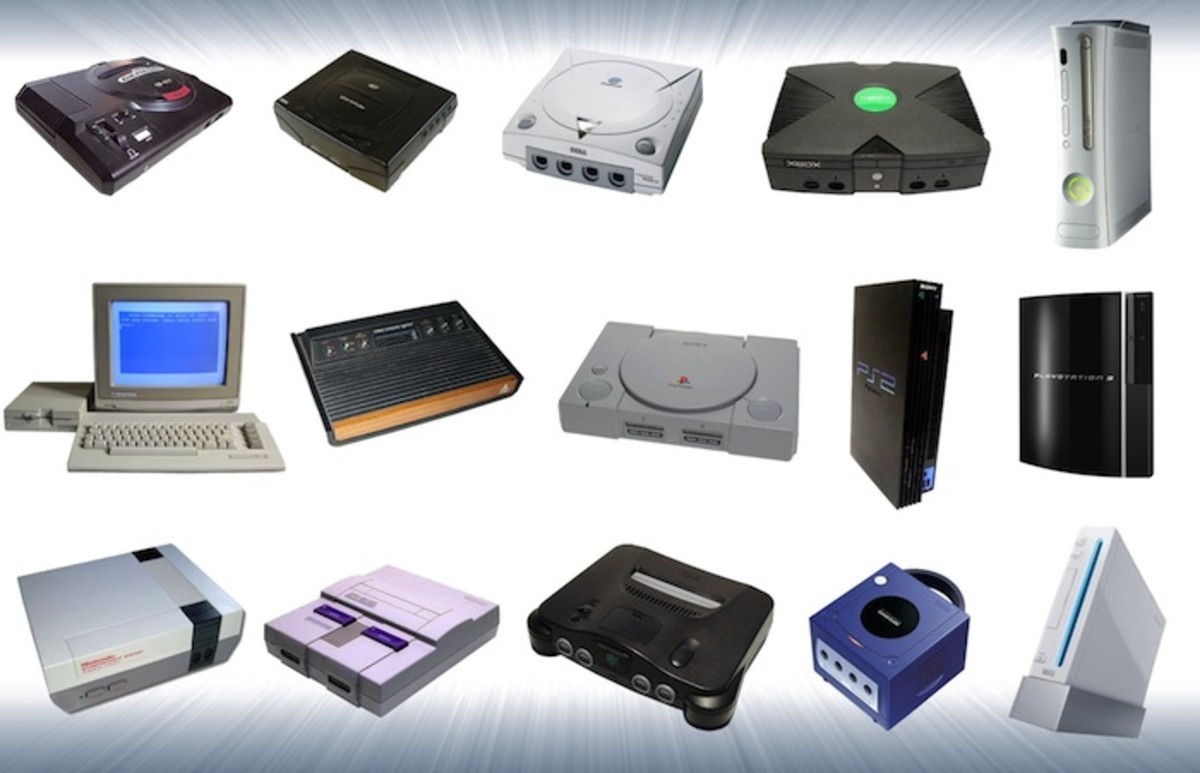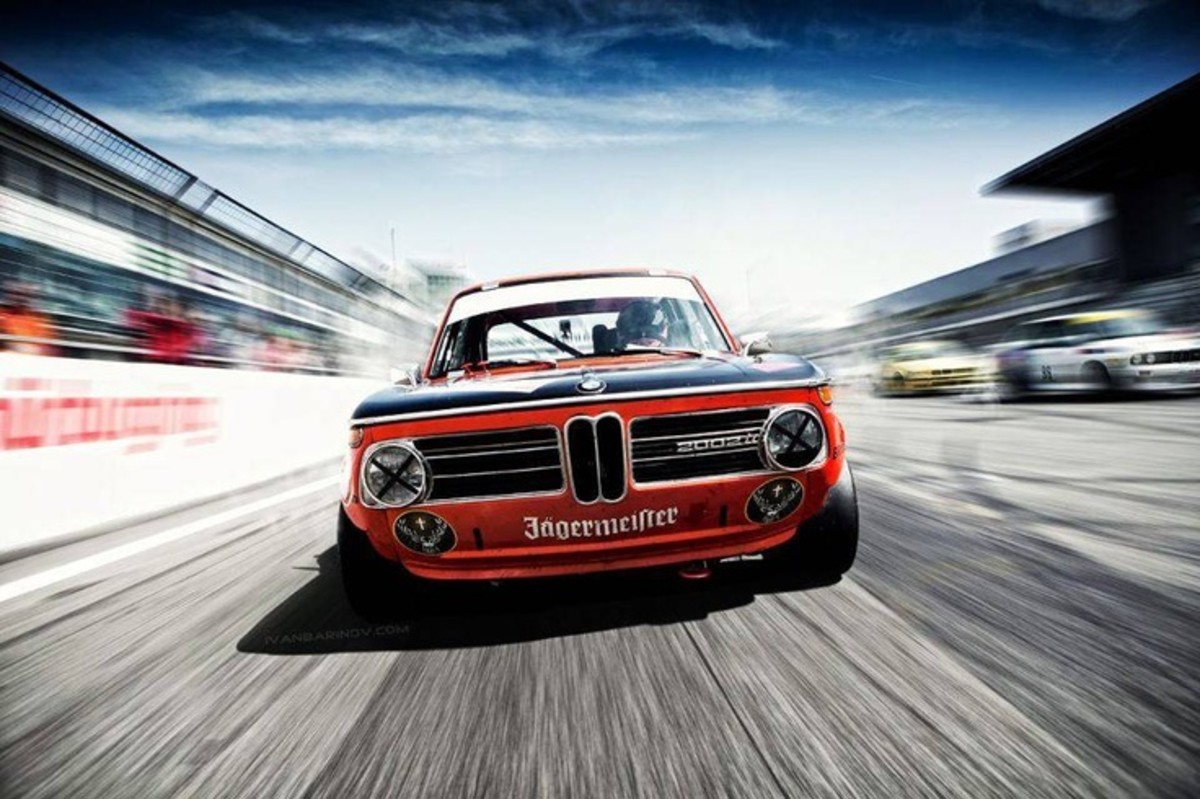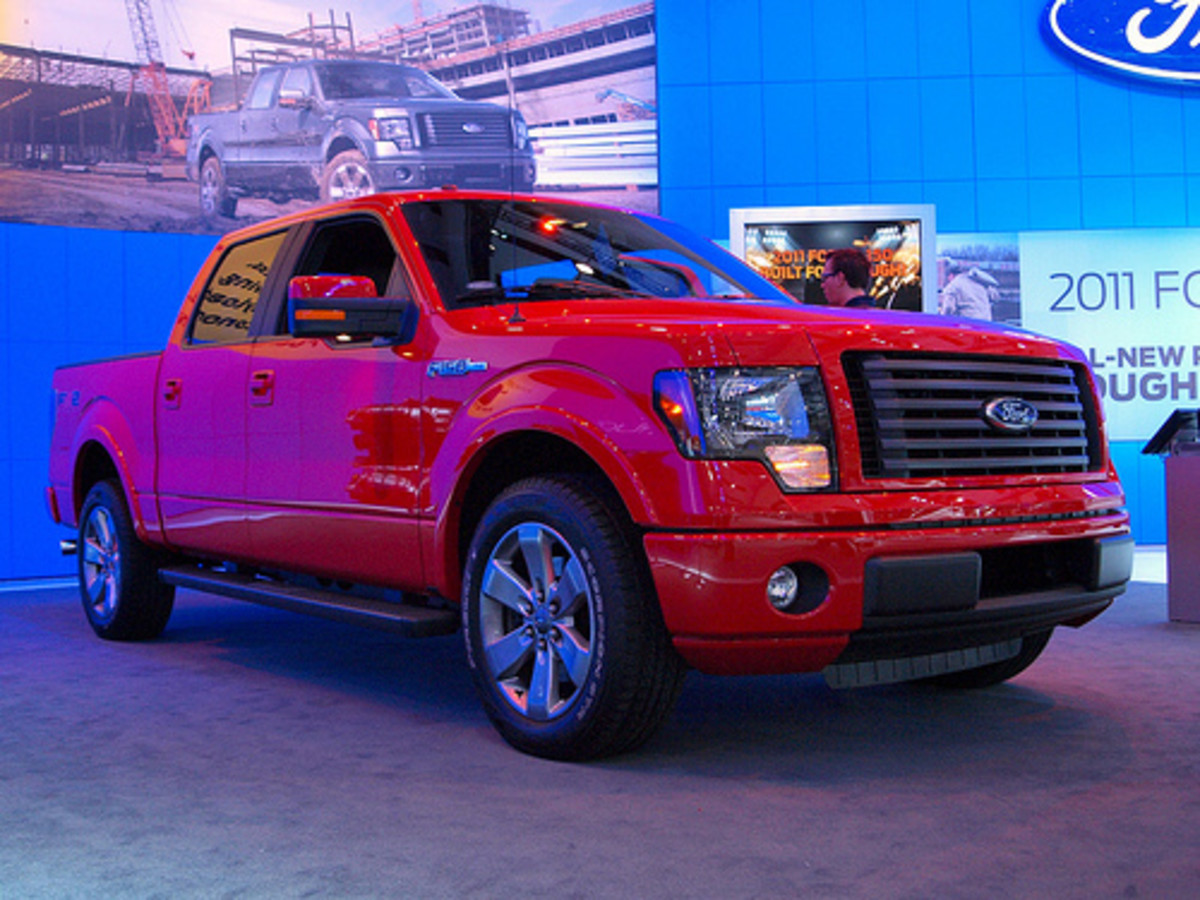Eagle Talon
The Eagle Talon was produced from mid 1989 through 1998. The Talon was a joint venture between Mitsubishi Motor Company and Chrysler. From 1989 through 1998, both companies held a 50/50 stake in their joint company, which was known as "Diamond Star Motors", or simply "DSM" for short. The Talon was offered in various trims, however this article will only focus on the all wheel drive Talon TSI model, which featured a turbocharged, two liter, four cylinder engine known as the 4G63. The Talon TSI was the fastest and most powerful version of the Talon, and has garnered quite a following.
It should also be noted that both the Eagle and Plymouth brand names no longer exist, whereas Mitsubishi still exists, and still offers a newer, heavier, less sporty version of the Eclipse. Newer versions of the Eclipse lack the turbocharged all wheel drive alure of the original Eclipse GSX's, and are entirely different mechanically.
A Brief explanation of the Talon and it's clones.
The Eagle Talon was a Mitsubishi Eclipse, which in turn was a Plymouth Laser. All three cars were nearly identicle, mechanically speaking. Looks wise, they differed somewhat, each featuring its own distinct styling. Most of what is said about the Talon TSI in this article will also hold true for the Mitsubishi Eclipse GSX, and the Plymouth Laser RS turbo. These three cars and their trims are the most sought after models.
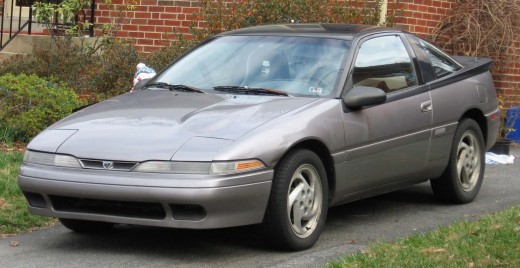
First Generation Eagle Talon (1G)
The first generation (commonly known as the 1G) of the Eagle Talon first appeared in mid-1989 as a 1990 model. The first generation of the Talon saw some minor changes following the 1991 model year. Where the 1990-1991 models featured flip-up headlights, and a stronger "6-bolt" engine, the 1992-1994 models featured fixed, integrated headlights. Following mid-1992, the Eagle Talon TSI's engine was changed to a "7-bolt" design, which refers to the ammount of bolts connecting the flywheel to the crankshaft.
6 and 7-bolt Engine Explanation
As was mentioned above, in mid-1992, the Talon TSI's engine was changed from a 6 to a 7 bolt engine. The 7-bolt engine features the lighter connecting rods and crankshaft from the Mitsubishi Lancer Evolution. This change made the 1992.5 and newer engines freer-reving, but sacrificed strength as a result. Due to the decreased strength, the 7-bolt engines are weaker and less ideal from an aftermarket tuning standpoint. 7-bolt engines suffer from a debilitating condition known as "crank walk". Crank walk occurs when the crankshaft wears into the thrust bearing. It's believed oiling problems to the thrust-bearing are responsible for the engine-killing crank walk.
As a result of the weaker design of the 7-bolt engine, the most prized engines are of the 6-bolt variant, which were available from 1990 to April of 1992. The 6-bolt 4G63 engines are incredibly robust, and very reliable, even when boost is pushed to the extreme. The heavy duty OEM crankshaft and connecting rods in the 6-bolt engines have been known to withstand more than 500hp, or more than two times the original intended power output. Due to the age of the 6-bolt engines, it's wise to make sure the engine is in good condition before buying a used example.
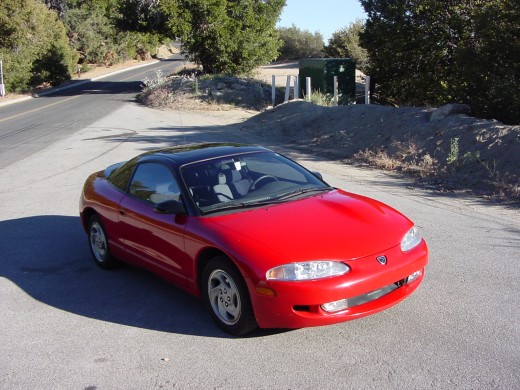
Second Generation (2G)
The second generation Eagle Talon first appeared in showrooms in 1995, and was continued until 1998. Unlike the early 1G Talon TSI's, the second generation Talon TSI's were never offered with a 6-bolt engine. This has led to many 2G owners to swap their engine for an earlier 6-bolt variant. The second generation Talon TSI featured an entirely new exterior, which was now much smoother and sleek. Much of the original mechanicals found in the 1G Talon's were also included in the second generation TSI's, which leads to some very handy parts interchangeability. The difference, aside from looks, between the 1G and 2G Talon TSI's is the 6-bolt and 7-bolt engine. Second generation cars are more likely to suffer catastrophic engine failure due to crank walk than earlier 6-bolt cars. The only way to avoid this problem is to have realistic horsepower goals, or to swap in an older 6-bolt engine, which may or may not be legal depending on where you live.
The 2G Talons arent as popular among the "tuner crowd" due to that fact that they tend to cost more and offer much of the same performance compared to the older first generation cars. Looks aside, the first generation cars are a better base for a performance build. If you're going to buy a second generation car, avoid the non-turbo variants, as they're painfully slow. If you absolutely demand the best performer, the AWD variants are the only way to go. Otherwise, the front-wheel-drive versions are capable performers, even with limited traction.
Engines offered in the Eagle Talon
- ESi - The ESi featured a Chrysler 420A inline-four, producing 140hp at 6000rpm, and 135lb/ft of torque at 4800rpm.
- TSi / TSi AWD - Standard 5 speed transmission. The 5-speed TSI's featured Mitsubishi's inline-four 4G63T engine, producing 210hp at 6000rpm and 214lb/ft of torque at 3000rpm.
- TSi / TSi AWD Automatic transmission. The auto equipped cars featured Mitsubishi's inline-four 4G63T engine producing 205hp at 6000rpm and 220lb/ft of torque at 3000rpm.
Eagle Talon Production Numbers
- 1990 - 32,708
- 1991 - 33,537
- 1992 - 27,945
- 1993 - 26,740
- 1994 - 24,040
- 1995 - 25,066
- 1996 - 15,100
- 1997 - 9,788
- 1998 - 4,307
The total number of Eagle Talon's produced is 199,231. Numbers for each trim line are not available.
The death of the Eagle Talon
By 1998, production of the Eagle Talon had dwindled to a mere 4,307 vehicles. Chrysler showed off what appeared to be a four-door version of the Talon, but no production ever came of it. The TSi trim line has been used by Chrysler on a few vehicles since the demise of the Talon in 1998, particularly with Jeep's, and the Chrysler Sebring.
Due to the low number of 1998 cars produced, they've become somewhat of a collectable, and can often be found fetching sky-high prices due to their limited number.

